There are many ways to drive traffic to a website; having a high ranking on Google is perhaps the best way to generate traffic. Search engine optimization is an essential factor in increasing Google ranking; however, it doesn’t guarantee that a webpage will appear on the first page of a Google search.
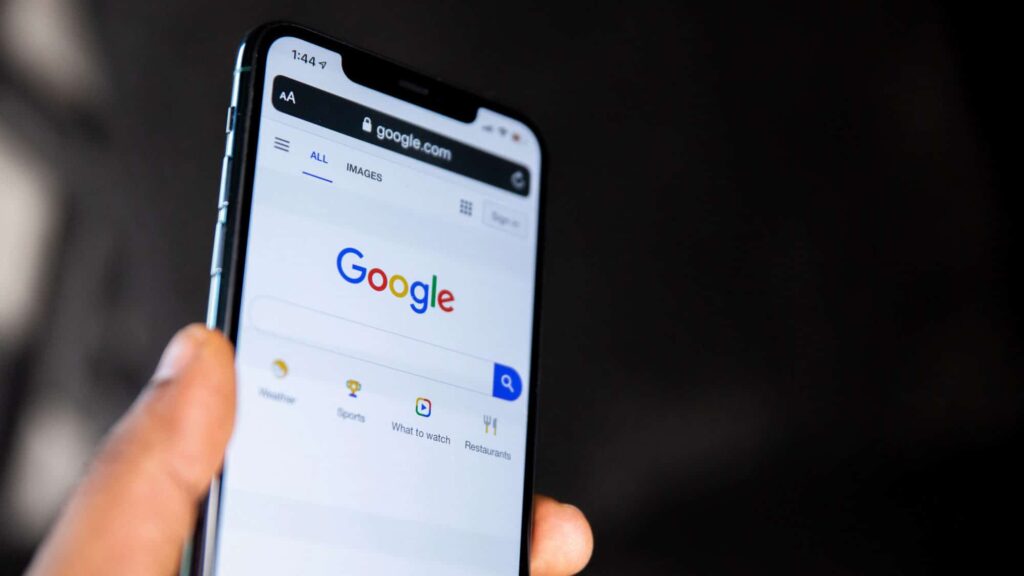
Google occasionally changes its algorithm, and the company hasn’t been forthcoming about all the ranking factors it uses when evaluating websites.
Google has, however, confirmed that it employs around 200 ranking factors in its process. These factors include assessing domain data, page content, site-level factors, relevant keywords, and technical elements.
See below for a comprehensive list of all the ranking factors we know that impact Google search engine ranking.
Table of Contents
Domain Ranking Factors
1 – Exact Match Domain
You still receive a tiny amount of benefit from a precise match domain.
2 – Keywords In Domain
A domain containing a keyword doesn’t encourage you to rank any higher, but having a keyword in your domain name may influence a person to click.
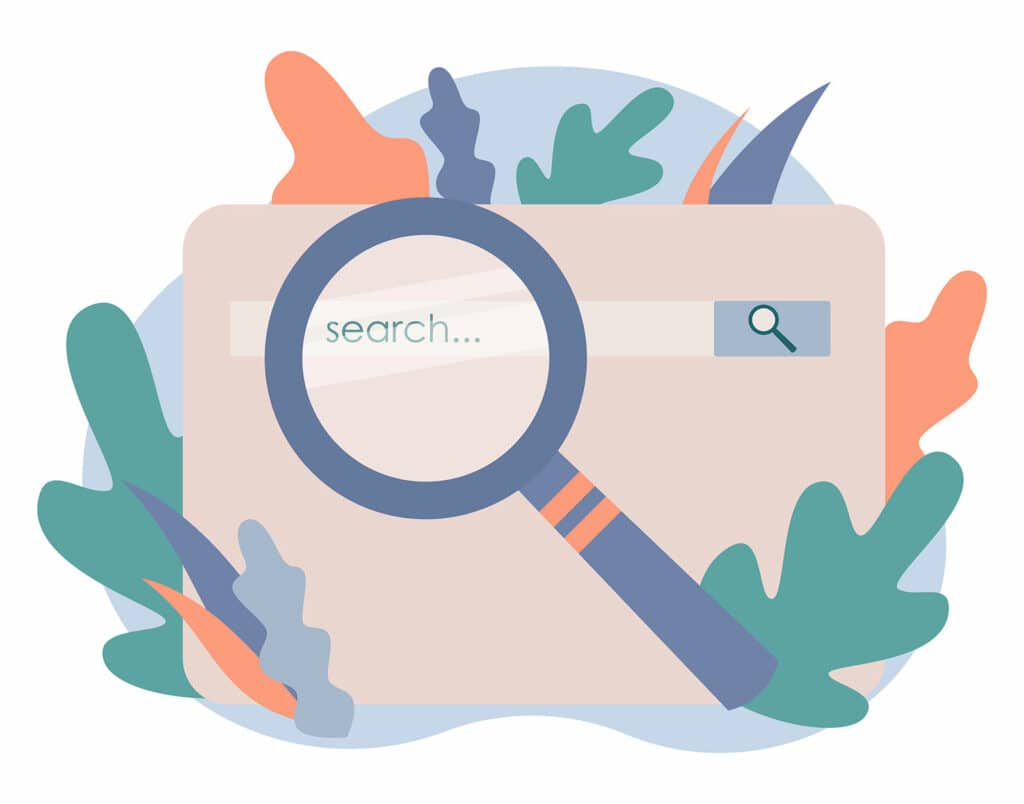
3 – Domain History
If the domain has been in a problem with Google in the past through link spam or bad neighborhoods, it will be challenging to rank.
4 – Domain Age
Mature domains tend to have more backlinks, which effects influence search rankings.
5 – Registration Date of your Domain
The date that a domain with which a document is registered may be used as an indication of the inception date of the document.Google
6 – Domain Renewal Date
Certain signals may be used to distinguish between illegitimate and legitimate domains. Valuable (legitimate) domains are often paid for several years in advance, while doorway (illegitimate) domains rarely are used for more than a year. Therefore, the date when a domain expires in the future can be used as a factor in predicting the legitimacy of a domain and, thus, the documents associated therewith.Google
7 – Country TLD Extension
It can help with Geo-targeting but doesn’t define success.
Negative Domain Factors
1 – Private Whois Data
A private Whois can be for bad actors.
2 – Penalized Whois Owner
If you get a manual action, it can affect every website you own, legitimate or now.
3 – Country TLD Extension
Don’t try to rank with Russian content on a French domain.
4 – Parked Domain
If you are parked, Google de-index’s your website.
5 – Identical Domains on shared hosting
If Plumbers.org + Plumbers.net are on the same shared hosting provider, those websites will be categorized as identical websites.
6 – Changing Hosting Provider
Google will slow your crawls until it can determine what load your server can handle.
7 – 5XX Errors
If your server keeps throwing 5XX errors, Google will assume over time, that page is gone.
Page Level Ranking Factors
Positive Page Factors
1 – URL Contains Keyword
It’s a small factor, but little things add up.
2 – Title Tag Contains Keyword
Title tags are a huge factor; it gives a clear indication of what your page is.
3 – Meta Description Contains Keyword
It signals to Google what your page is.
4 – H1 Tag Contains Keyword
Header tags are a strong signal to page relevance.
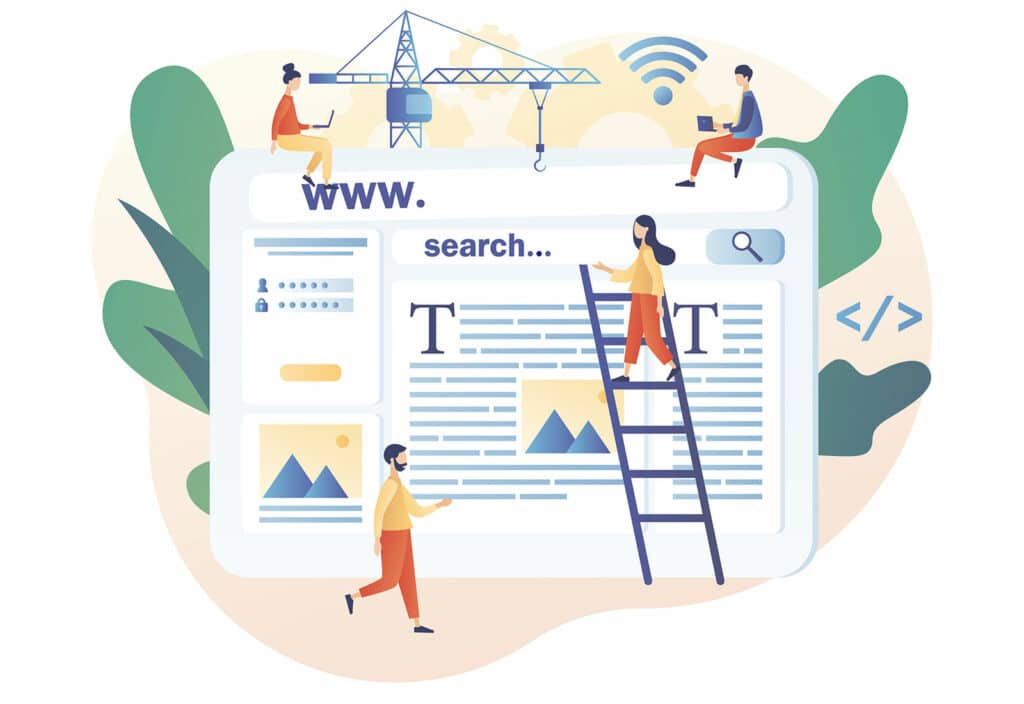
5 – Other Headings Contain Keyword
It does help, but best you use LSI so as not to over-optimize your keywords (stuffing)
6 – Main Body Content Contains keywords
Keywords will help maintain and improve relevancy.
7 – Keyword Order
It’s a small factor but helps Google determine relevance. You often see this mistake in Job-related searches.
8 – Latent Semantic Indexing keywords
Latent Semantic Indexing keywords help search engines discover the exact topic. (Orange the Fruit, Colour, or Bank)
9 – Site Speed
User experience directly affects traffic patterns (bounce rate, frustration rate), affecting your rankings.
10 – Unique Content
A 300 word CTA on every page could be affecting your overall score.
11 – Length Of Content
Two thousand words are optimal. Longer pages attract better engagement rates.
12 – Schema / Rich Snippet Markup
Making your content more attractive increases CTR (click-through rates), which increases your rankings.
13 – Multimedia
Unique images and media send signals to Google that you have unique/valuable content.
14 – Image Optimisation
Images that take longer to load will cause people to bounce off your website.
15 – Fresh Content
Google cares about providing fresh, new content to users. If users don’t get that, they will go somewhere else (i.e., Facebook news).
16 – Updated Content
Again, Google wants significant changes so it can label it as fresh.
17 – Outbound Links (OBL)
OBL will not help you rank, but it will signal to Google what your content is.
18 – Internal Links
Internal Links shows Google how important and weight that particular page carries.
19 – Syndicated Content
Syndicated content is excellent when added correctly.
20 – Supplementary Content
Supplementary Content is the content used to boost or complement your core content. If you have a real estate website, you could include mortgage calculators.
21 – Reading Level
The quality of your content will reflect in search results.
22 – W3C code Validation
Code validation is not a ranking factor, but it does help your website operate better, which is better for bots and users.
23 – Domain Authority
Domain rank will affect your Page Rank.
24 – Keyword Placement
Starting with a keyword affects ranking.
25 – Keyword Frequency
Keeping it natural, your keyword should show up more frequently.
26 – Rel=Canonical
Proper canonical tags will combat duplicate content flags.
27 – Historical Page Updates
It is imperative to update your content regularly.
28 – Size Of Content Update
You want your changes to get noticed; rewriting paragraphs is more valuable than updating just the grammar.
29 – Outbound Link Theme
Proper outbound links help to classify your content & are used by Google to catch bad actors buying links.
Negative Page Factors
1 – Duplicate Meta Descriptions
Duplicate meta isn’t a problem; Google regularly pulls your first paragraph text in search results, so it’s crucial to optimize your content accordingly.
2 – Duplicate Title Tags
Title tags are essential indicators to Google what your website is. So if your titles are all duplicates, it makes it harder for Google to distinguish your content.
3 – Using Underscores
Stop using underscores in images; Google doesn’t like it.
4 – Keyword Stuffed Meta Tags
Just don’t do it, it won’t help you, and it ends up lowering your search rankings. (e.g., SEO Expert, SEO Services, SEO Ninja… when it should read: SEO Services – Fast & effective results.)
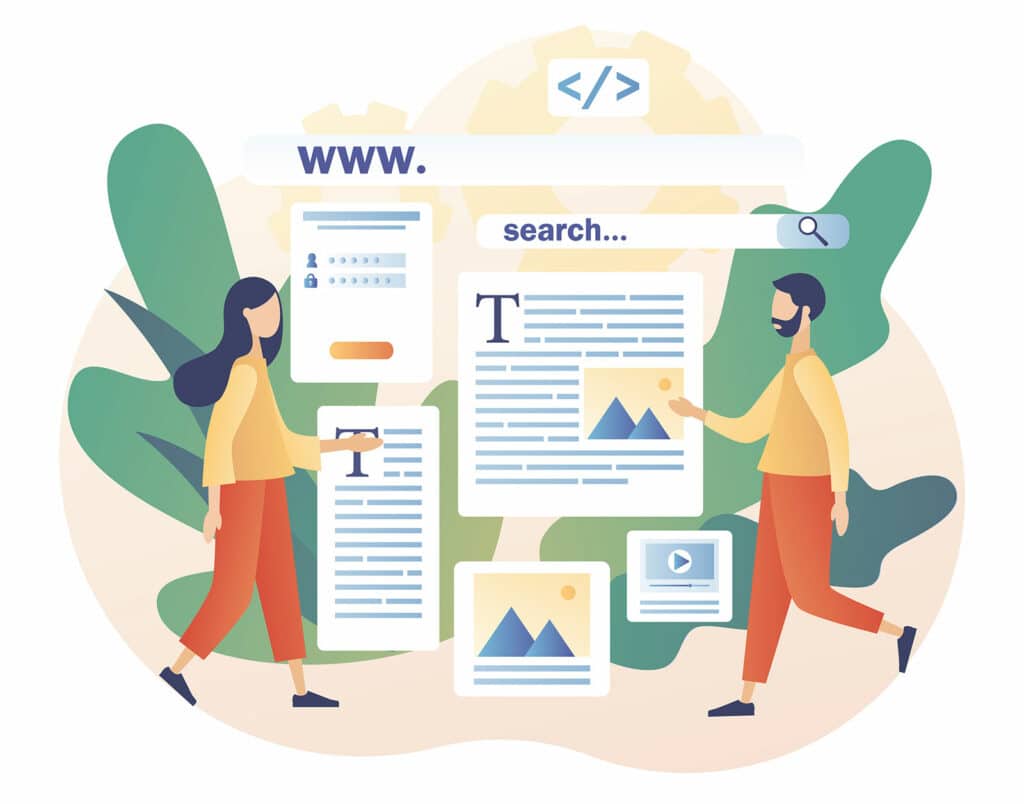
6 – Keyword Density
The sweet spot is 3%. To avoid this, ensure your keyword is in your title tag, meta description, H1 tag, and once or twice in the body. A good test is to read your content out loud or use a tool like Grammarly.
7 – Slow Load Times
Unhappy users lead to unhappy search rankings.
8 – Duplicate Content
Invest in a service like Copyscape; it’s super cheap and will save you lots of frustration.
9 – Hidden Content
Hidden content for manipulating your search results or tricking users will result in being penalized. (e.g., the White font on white background.)
10 – Irrelevant Image Alt Tags
Google can tell what is in an image, so don’t lie.
11 – Outbound Links
OBL (Outbound Links) used to obscure, distract, or for-profit can get you penalized.
12 – Broken Links
Broken links signals to Google that you are not maintaining your website.
13 – Too Many Affiliate Links
Affiliate links aren’t necessarily a problem, but spamming can get you into trouble. Best to put a NoFollow on your affiliate links.
14 – HTML Errors
It’s not a ranking factor, but it can how effectively Google bots crawl your website.
15 – URL Length
Google has confirmed it has no preference on URL length, but it only read the first few keywords in the URL.
URLs containing ‘#’ will be ignored.
16 – Spelling & Grammar
Google does not care about your spelling and grammar, but your visitors will.
17 – Pop-ups
No one likes pop-ups; it ruins the user experience + will negatively affect your SEO.
18 – Incorrect or missing NAP
NAP, which stands for Name, Address, a Phone number, is vital for signaling trust to Google. It’s also crucial your NAP matches across listings and social platforms.
Site Level Ranking Factors
Positive Site Factors
1 – Domain Trust
Google wants to know it can trust you!
2 – Contact Us
No way to contact you? Then why should we trust you?
3 – Privacy Policy & Terms
Don’t worry about duplicate content; you must have a privacy policy. It’s required when using Adsense, so it’s easy to say they want it everywhere.
4 – About Us Page
An about page signals who you are.
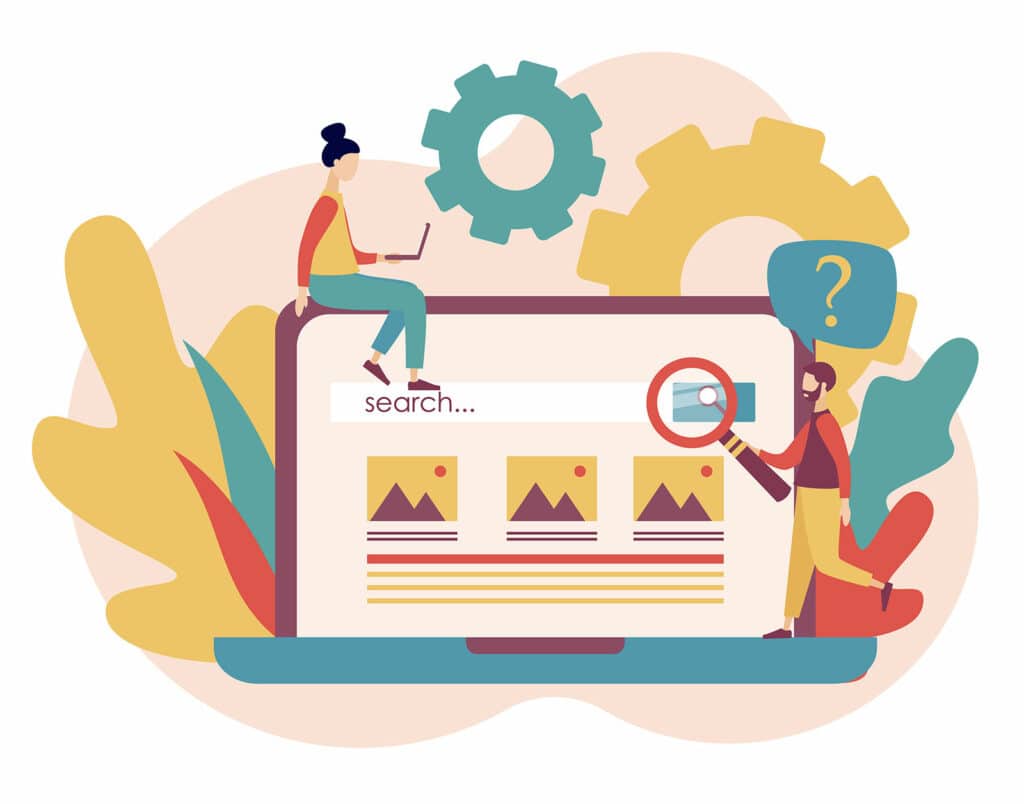
5 – Site Structure
Having an easy-to-follow structure is a good indicator for Google. Google looks at the click-through rate from the homepage when it considers its ranking factors.
6 – Site Freshness
Keep your site up to date; it signals to Google that you have fresh content. Freshness would include CMS + Plugin updates.
7 – Number Of Pages
How many pages you have isn’t a factor, but it gives you a better chance to rank for more keywords — overall giving you more chances to win.
8 – XML Sitemap
Make it easier for Google to crawl your website. Not having an XML sitemap won’t negatively affect your website, but you want to do everything to ensure no pages are missed or take too long to index.
9 – HTML Sitemap
Sitemaps is another medium to ensure Google crawls every page of your website.
10 – Server Location
Server location plays a small factor, but everything adds up.
11 – HTTPS/SSL
An encrypted URL is an official signal used by Google, but it is still a factor you should be on board. Ensure your website is forwarded correctly.
12 – Breadcrumb Rich Snippets
Google loves trust and visibility. It also looks better and more enticing to users to click on your SERPs.
13 – Mobile Optimisation
Google recently introduced mobile-first indexing, which signals what Google has set as priorities.
14 – Hreflang
Hreflang tags help to sort your geo-location and language. Proper tagging won’t help you internationally but will help you locally. Its seen as another small factor that could add up over time.
Negative Site Factors
1 – Site Downtime
Server downtime over weeks will stop Google from showing your results until you notify Google that it’s back.
2 – Duplicate Meta Content
Duplicate Meta Content can lead to less visibility.
3 – Not Optimized For Mobile
Not Optimized For Mobile won’t directly affect rankings, but you should have a responsive design if you want to show up in mobile search.
4 – Poor User Engagement
Google knows your website metrics; high bounce rates, low time on site, slow load times will drop your search engine rankings.
5 – Negative Reviews
Getting tons of bad reviews on BBB, Yelp, RipOffReport will send your rankings spiraling.
6 – Adverts Above The Fold
Anything that distracts from the main content will cost you.
7 – Pagerank Sculpting
NoFollow’ing all outbound links, NoFollow specific internal links will hurt you. Pagerank sculpting is trying to deceive Google, and they don’t like that.
Backlink Ranking Factors
Positive Link Factors
1 – Number Of Links
The quality & number of backlinks to your website directly affects ranking.
2 – Anchor Text
Anchor text helps Google understand the topic, but be sure not to over-optimize this.
3 – Link Title
Linked titles are much weaker than anchor text, but combined, a title text with a related anchor with pass more juice.
4 – Domain & Page Relevancy
A backlink with higher DR + PR will send more power to your website.
5 – Link Sentiment
The text around your links will pass more relevancy and power in Google’s eyes.
6 – Age Of Backlink
Like a fine wine, an older backlink will provide more power than a newly created link.
7 – Backlinking IPs
Links only count as long as they are on separate IPs; you want a range of IPs for maximum effect.
8 – Competitor Links
Links from competing pages will boost your rankings.
9 – Social Signals
Social backlinks show Google your content is relevant and engaging.
10 – Referral Traffic
The traffic you receive from referral links is often overlooked, but it is precious to your website.
11 – Homepage Links
Homepage links carry the most weight because most backlinks are located further down on the site structure.
12 – Contextual Links
Links from your main content pages are far more powerful than links from posts or footer links.
13 – User-Generated Content Links
Google can tell the difference between user-generated links + webmaster generated links. User generation will always be more powerful.
14 – 301 Redirects
301’s pass link juice, plain + simple.
15 – Positive Link Velocity
Positive link velocity is how many links you grow over time. Your goal should be to keep it neutral or positive at all times.
16 – Nofollow Links (Wikipedia)
Even though it doesn’t pass link juice, it does give authority + traffic.
17 – Word Count Of Page
Two thousand words on a page are more engaging and keyword abundant than a 100-word article.
18 – Sitewide Links
A footer link on every page is categorized as a single link, but it still adds authority.
Negative Link Factors
1 – Bad Neighbours
Links from wrong sources or hosting in a lousy network will harm your reputation and translate to your rankings.
2 – Same IPs
Creating your backlinks on a VPS will be seen as link manipulation and hurt your SEO.
3 – Spammy Guest Posts
Guest posts are great for growing backlinks unless they are purchased, spammy, or spun.
4 – Buying Links
If you can Google where to purchase backlinks, it’s safe to say so does Google.
5 – Selling Links
It’s only an issue if you get caught, but people are foolish.
6 – Negative Link Velocity
Lost links are a sign you people are losing interest. It’s almost like a popularity game.
7 – Reciprocal Linking
Reciprocal links are okay if you own complementary businesses, partnerships, or divisions. But when it comes to overoptimization or schemes, be careful of being penalized.
8 – Forum Profiles
Too many forum profiles are a direct signal of black hat trickery.
9 – Linking Relevancy
Backlinks should reflect your industry. Irrelevant backlinks is a sign you are trying to game the
system.
10 – Unregular Link Profiles
Google’s Penguin algorithm tends to focus on your backlink profile, looking for unnatural manipulation.
User Engagement Ranking Factors
Positive Engagement Factors
1 – SERP CTR (Click Through Rate)
The more positive clicks you get from Google Search, the higher you will rank. Engaged traffic will always outweigh backlinks.
2 – Dwell Time
When people click on your search result, Google tracks, then go to the next result; this is called Pogo Sticking. If a user goes to your site, then ends their search, it’s a good indication they found what they needed.
4 – Low Bounce Rate
Lower bounce rates attract higher visibility in search.
5 – Pages Per Visit
The more engaged a user is, the more pages they will visit on your website. Engagement is a good indicator of quality content.
6 – Direct Traffic
Direct traffic signals value if you check a website every morning without Googling it, it’s a staple and deemed worthwhile.
7 – Returning Visitors
Low-quality websites don’t get returning visitors.
8 – Comments
Google wants you to be engaged; the more engaged you are, the more you use their services. Comments are a key indicator that your website is useful.
Negative Engagement Factors
Pretty much the opposite of everything above!
Low SERP click-through rates, high pogo-sticking, high bounce rates…
Other things to take into consideration:
Social Signals Ranking Factors
Ranking Factors include the number of tweets a domain has, Facebook shares, comments + likes (engagement), Pinterest pins, YouTube Links are not ranking factors, but they will help your links get found and builds referral traffic.
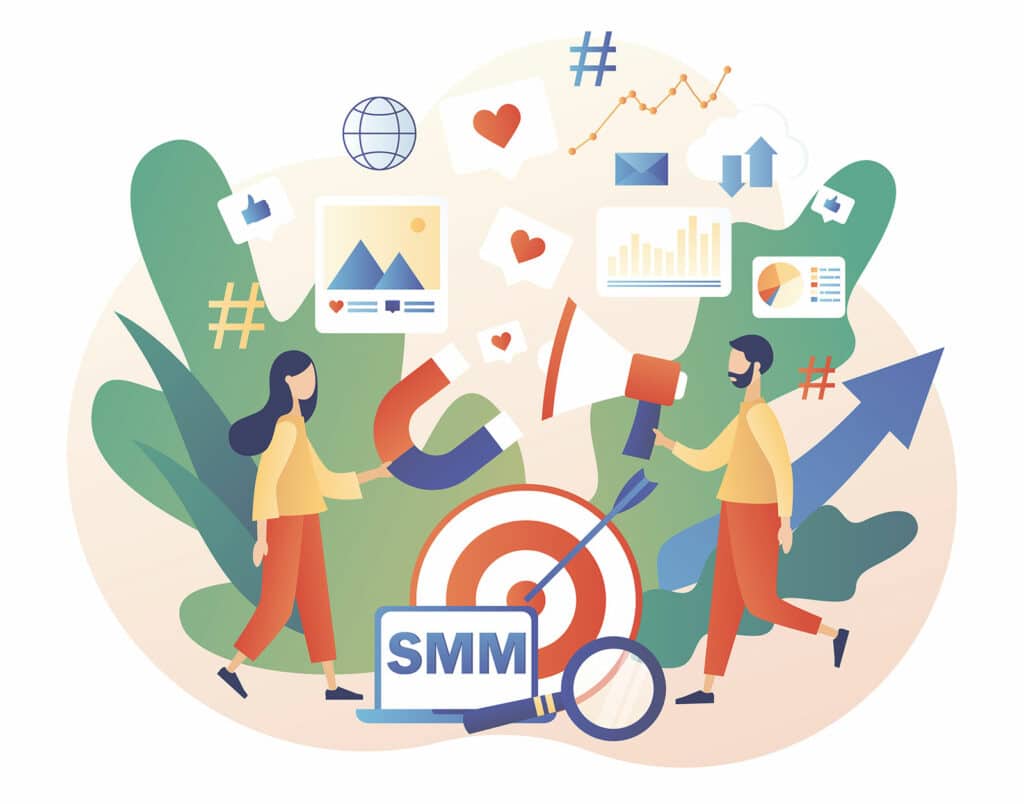
The positive Social Media velocity is essential for getting your brand seen. If you are buying followers and falling off after a few days, this will hurt your relevancy.
Brand Signal Ranking Factors
Positive branded anchor text, branded searches, brand mentions/citations are all essential. Negative reviews and low branded CTR will hurt your score.
Brand signals also include LinkedIn business pages, Facebook Pages, GMB (Google My Business registrations)
Conclusion
Backlinks will get you to the top 10 in Google; user engagement will keep you there.
FAQ
What is Google Ranking Factors?
How do i find out my google page ranking?
How to get page rank 1 in Google?
How do i know if Google penalized my site?
How can I check my SEO ranking?
Published on: 2020-01-02
Updated on: 2024-01-12